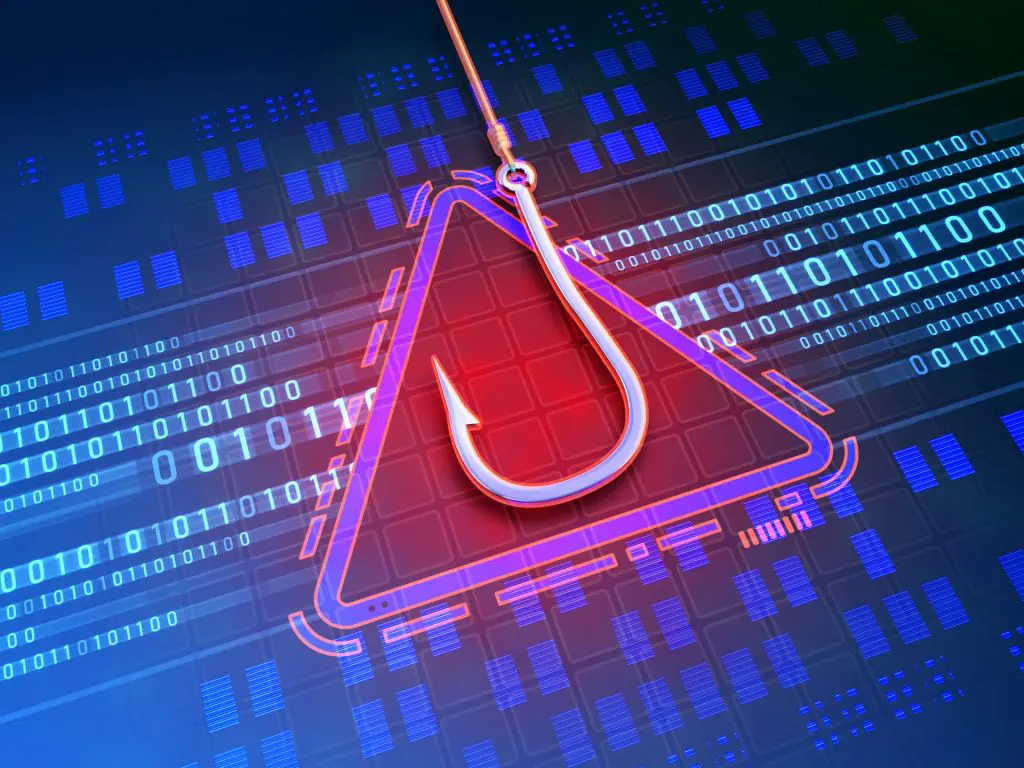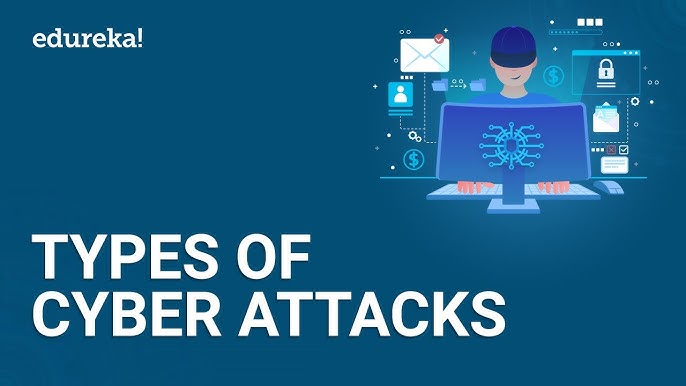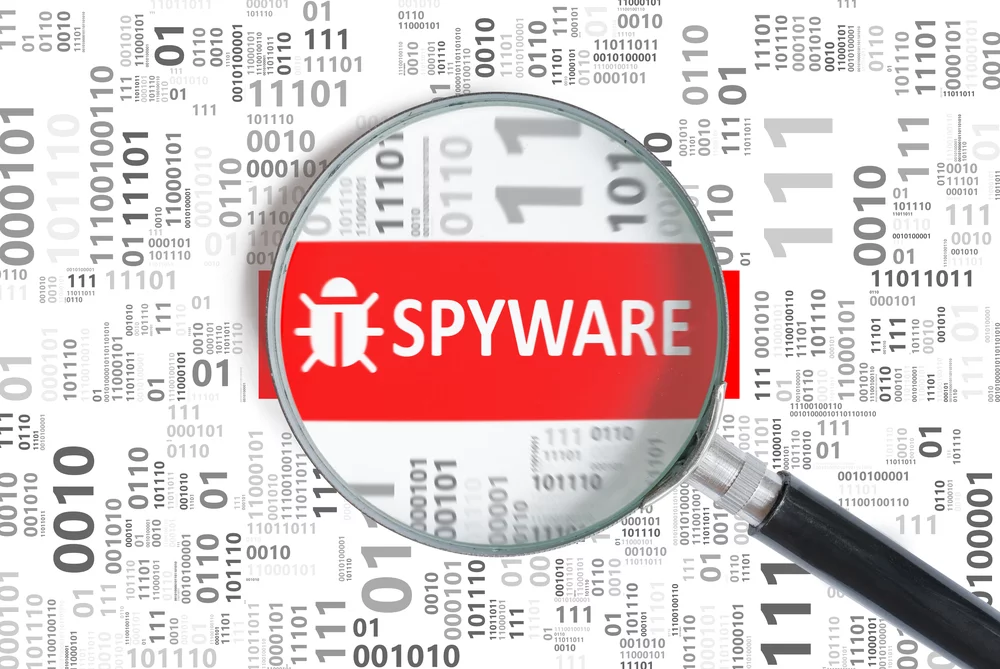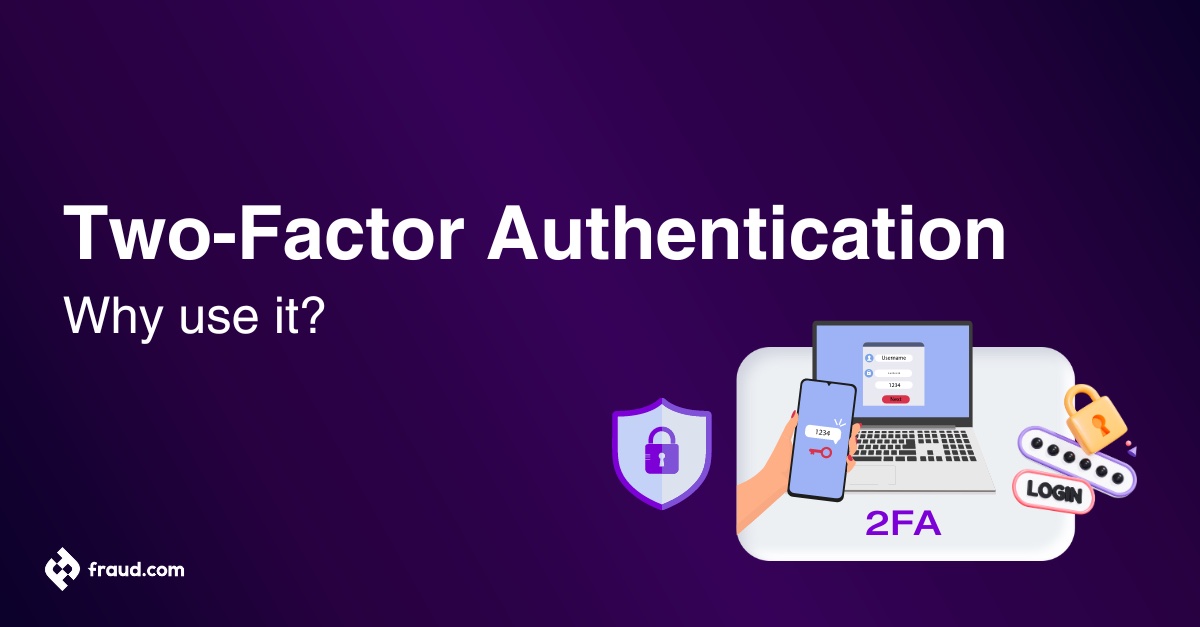Email scams and phishing attacks have become a part of our digital lives that we can’t ignore. With the click of a button, scammers can send deceptive messages designed to trick you into revealing sensitive information. These fake emails often appear legitimate, making it challenging for even the most cautious individuals to spot them.
Imagine receiving an email from your bank asking you to verify your account details or one from a familiar online retailer offering unbelievable discounts. It’s easy to be lured in by these enticing offers or urgent requests. Understanding how to spot fake emails is essential not just for protecting yourself but also for maintaining your peace of mind in this ever-evolving digital landscape.
Let’s dive deeper into common tactics used by scammers and learn how you can arm yourself against phishing scams effectively!
Common Techniques Used by Scammers

Scammers employ various techniques to lure unsuspecting victims. One common method is the use of urgency. They create a sense of panic, claiming your account will be closed or that immediate action is required.
Another tactic involves impersonation. Scammers often mimic trusted sources like banks or government agencies. By using official logos and language, they can easily deceive recipients into believing their messages are legitimate.
Phishing emails frequently contain enticing offers, like lottery winnings or free gifts. These too-good-to-be-true deals draw individuals in with the promise of something desirable.
Additionally, many scams leverage social engineering tactics. They exploit human emotions—fear, greed, or curiosity—to manipulate people into clicking links or providing sensitive information without thinking twice. Awareness of these strategies is crucial for anyone looking to spot fake emails effectively.
Red Flags to Look Out For

When you’re trying to spot fake emails, certain red flags should immediately catch your attention.
First, look for strange email addresses. Scammers often use slight variations of legitimate domains. A missed letter or added number can indicate malicious intent.
Next, pay attention to the tone and language used in the message. Poor grammar and awkward phrasing are common in phishing attempts. If it feels off, trust your instincts.
Urgency is another tactic they employ. Be wary of messages that pressure you into acting quickly, like resetting a password or confirming account details.
Check for generic greetings such as “Dear Customer.” Legitimate businesses typically address you by name. The absence of personalization could signal trouble ahead.
How to Verify the Sender and Content

When you receive an email that raises suspicion, verifying the sender is your first line of defense. Check the email address carefully. Scammers often use slight variations to mimic legitimate addresses.
Look for typos or odd domains that don’t match the company’s official website. A reputable organization will always use their domain.
Next, scrutinize the content of the message. Does it sound too urgent? Phishing emails often create a sense of panic to prompt hasty actions.
Be cautious with links and attachments as well. Hover over any links (without clicking) to see if they lead where they claim to go.
If you’re still unsure, contact the sender directly through known channels—like a phone number from their official site—not by replying to the suspicious email. This simple step can save you from falling prey to scams.
Protecting Your Personal Information

Protecting your personal information is crucial in today’s digital landscape. Scammers are constantly searching for vulnerabilities to exploit.
Start by using strong, unique passwords for every account you have. Consider a password manager if keeping track of them becomes overwhelming.
Enable two-factor authentication whenever possible. This adds an extra layer of security that can deter unauthorized access even if your password is compromised.
Be cautious about sharing personal details online. Think twice before posting sensitive information on social media or other public platforms.
Always double-check the website URL when entering any personal data. Ensure it begins with “https://” and look for a padlock symbol in the address bar.
Regularly review your accounts and statements. Promptly report any suspicious activity to protect yourself from further issues. Staying vigilant can make all the difference in avoiding phishing scams and safeguarding your identity.
Steps to Take if You’ve Fallen for a Scam
If you believe you’ve fallen for a phishing scam, act quickly. First, change your passwords immediately. Use strong and unique combinations for each account.
Next, inform your bank or credit card company if you provided any financial information. They can monitor suspicious activity and may suggest further steps to secure your finances.
Consider reporting the scam to local authorities or a consumer protection agency. Sharing your experience helps others stay alert.
Check all accounts linked to the email for unauthorized transactions or changes. Be vigilant in monitoring them over the coming weeks.
Educate yourself on security measures and best practices moving forward. Knowledge is key in preventing future scams from affecting you again.
Conclusion
Recognizing how to spot fake emails and avoid phishing scams is essential in today’s digital landscape. Armed with the right knowledge, you can navigate your inbox more safely. Always stay vigilant—scammers are constantly evolving their tactics.
By being aware of common techniques used by fraudsters and knowing the red flags to look out for, you can significantly lower your risk of falling victim to these scams. It’s crucial to verify both the sender’s identity and the content before engaging with any email that raises suspicion.
Protecting your personal information should be a top priority. Utilize strong passwords, enable two-factor authentication when possible, and regularly update your security settings.
If you do find yourself entangled in a phishing scam, don’t panic. Act quickly by reporting it to relevant organizations and securing your accounts immediately.
Stay informed about emerging threats as technology continues to change rapidly. By fostering an attitude of caution coupled with awareness, you’ll be better equipped to handle potential risks lurking in your inbox.







